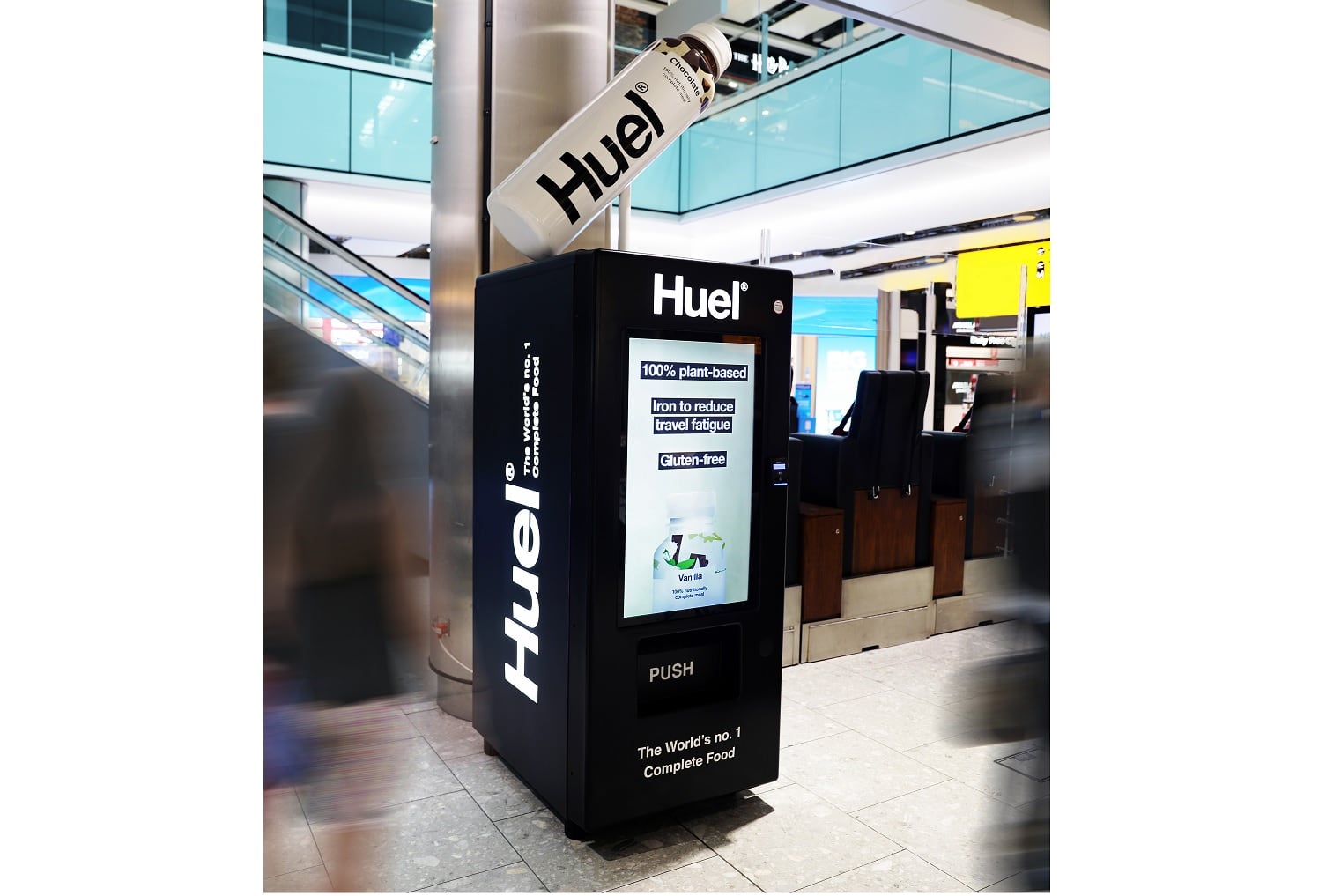In its latest channel forecasts for the food-to-go sector, IGD – which provides insight for the food and consumer goods industry – predicts that the food-to-go channel will be worth £15.6bn at the end of 2021 in the UK, which is 82.5% of its 2019 value. It is forecast to return to its pre-COVID levels in the second half of 2022, six months earlier than expected.
Nicola Knight, Senior Analyst for Food-to-Go and author of the forecasts explained: “This is a better-than-expected result, so is really positive news for the sector; by 2026, the market will be worth £22.7bn which is 20.5% more than 2019. This will be the outcome of five years of growth at above pre-pandemic levels, following significant contraction in 2020, and will predominantly be driven by foodservice operators.”
However, recovery is not consistent across sub-sectors. Foodservice food-to-go operators, (QSRs in particular) have been the main driver of the growth, increasing market share from 77% in 2019 to 79% in 2021. COVID restrictions have played a significant role, predominantly due to consumers suffering from cooking fatigue and opting for affordable treats, which has in-turn benefitted “destination” food-to-go sites, she said.
Nicola continued: “To survive and meet new demand, operators have fast-forwarded innovation at an unprecedented speed. Delivery, digital and proposition development have placed survivors in a good position to maintain momentum as restrictions ease. But it’s important to note that QSRs, coffee shops and food-to-go outlets may experience a dip in sales growth in the second half of this year, as consumers have more choice on where and how to spend their money.”
In retail, the share of the food-to-go market is forecast to reduce to 21% in 2021 from 24% in 2019. This will gradually increase to 23% by 2026 as momentum starts to return to retail food-to-go.
Nicola explained: “In 2021, retailers have faced increased competition from foodservice operators who adapted quickly to changing consumer habits and demands. And, due to the decrease in demand and shift in shopping habits, retailers reallocated space to other categories. While larger stores have benefitted from consolidated shopping missions, smaller stores have experienced a greater dip in sales but, conversely, are likely to recover more quickly as some pre-pandemic behaviours return.
“Whilst there have been some new product launches and major projects that were delayed due to the pandemic are now beginning to appear in stores, the challenge for retailers now is whether they can close the gap in market share. It will depend on how far consumers return to pre-COVID habits and how fast retailers adapt to changes in behaviour that stick.”




